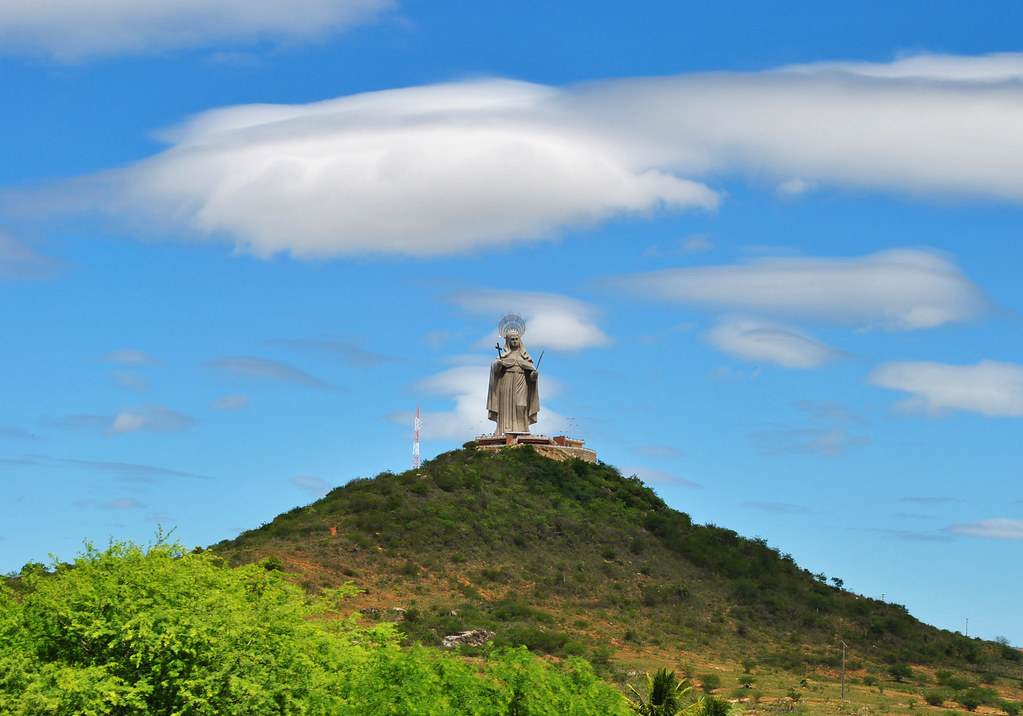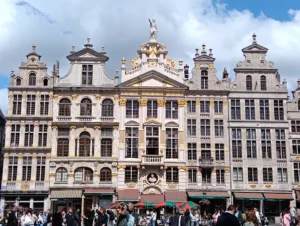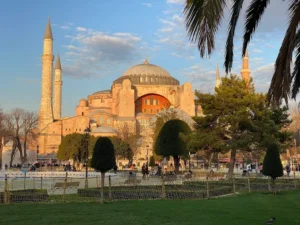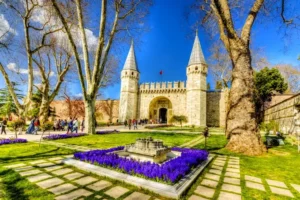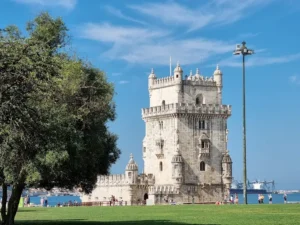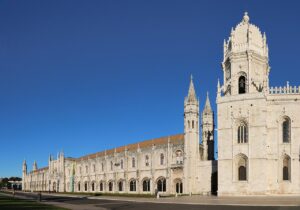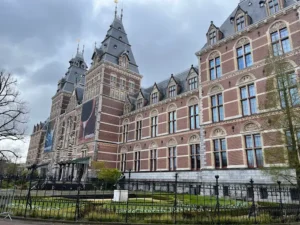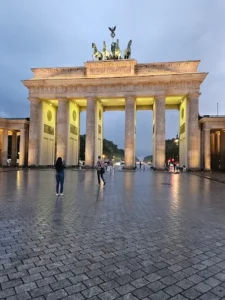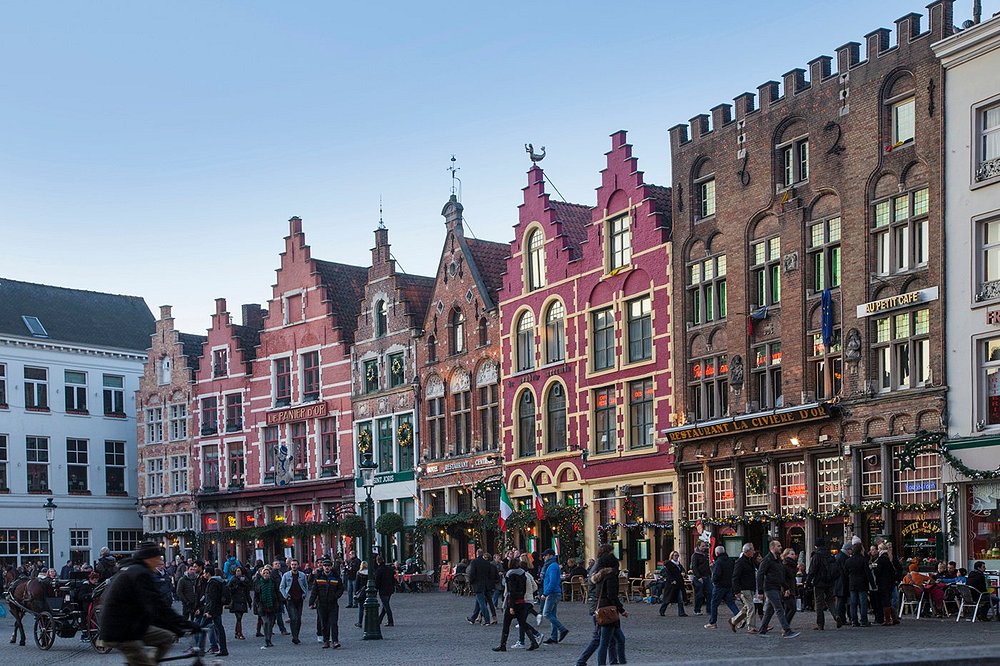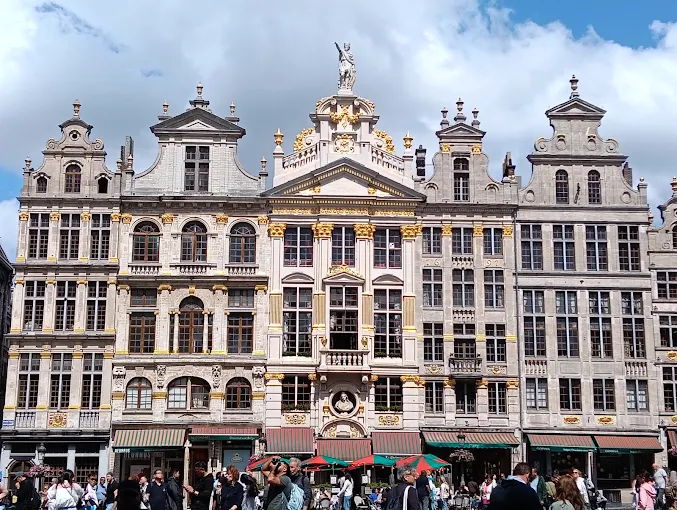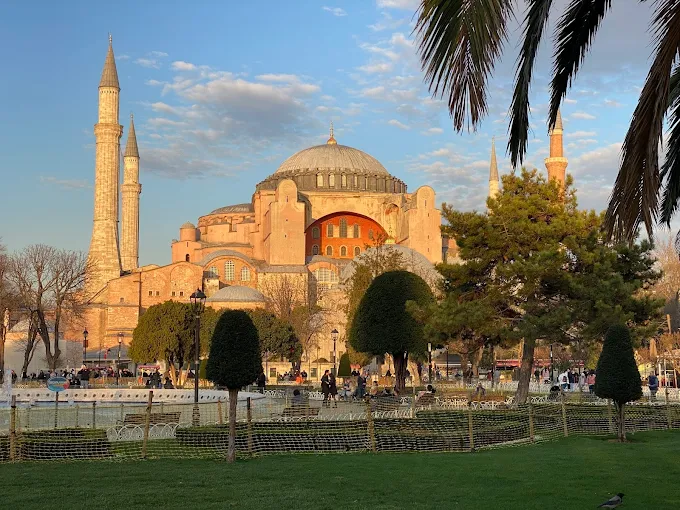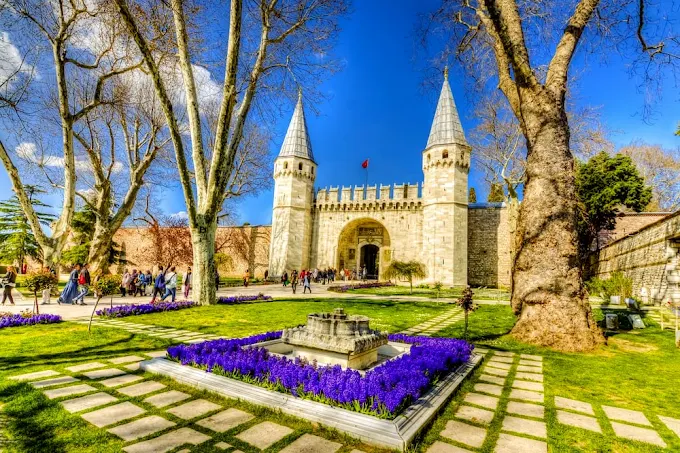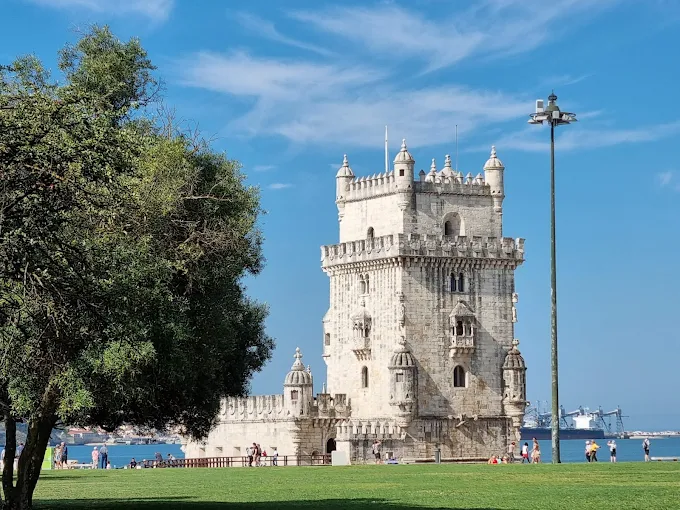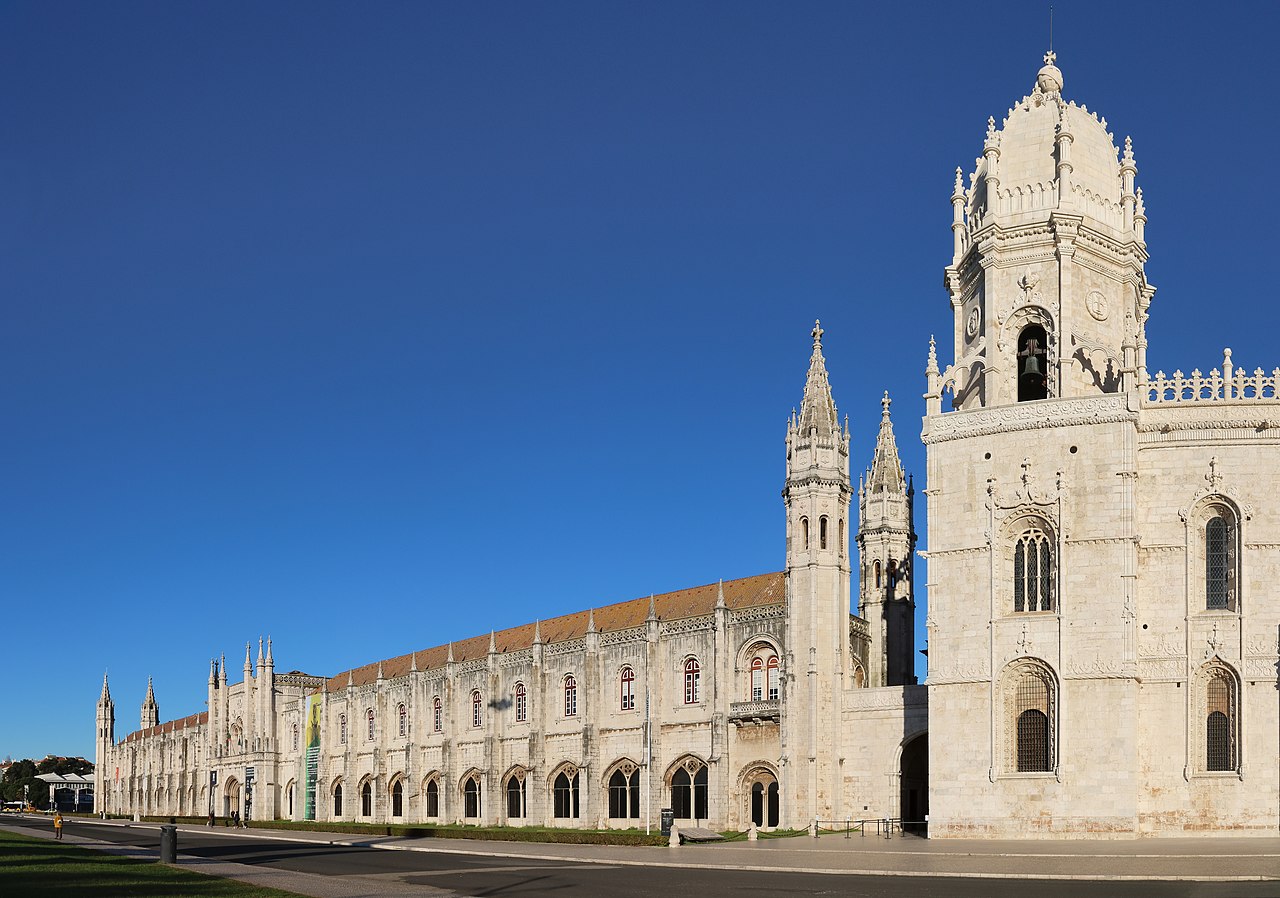The Alto de Santa Rita de Cássia, located in Santa Cruz, in the state of Rio Grande do Norte, is one of the most impressive and spiritual tourist destinations in Brazil. This imposing monument attracts thousands of visitors every year, combining religious devotion, monumental architecture, and enchanting landscapes.
In this article, we will explore all the aspects that make the Alto de Santa Rita de Cássia an unmissable spot for tourists and pilgrims.
History and Significance of the Monument
The monument’s project began in the early 2000s as a way to honor Saint Rita of Cascia, the patroness of the city of Santa Cruz. The initiative came from the Parish of Santa Rita and the Municipal Government, with the support of the local community and devotees from various regions. The proposal was to erect a statue that would represent not only the Catholic faith but also the cultural identity of the Potiguar people.
Construction of the image began in 2007 and was officially inaugurated in 2010. In addition to its religious purpose, the monument was also conceived as a strategy for economic development in the region, promoting religious tourism. Since then, it has become a symbol of faith and prosperity, inspiring residents and visitors alike. The architectural design was created by renowned sculptor Alexandre Azedo, based on the traditional iconography of the saint.
The Imposing Statue of Saint Rita of Cascia
The statue of Saint Rita of Cascia in Santa Cruz is considered the largest in the world dedicated to a Catholic saint. At 56 meters tall, including the pedestal, it surpasses even the famous Christ the Redeemer in Rio de Janeiro. The structure is made of reinforced concrete and weighs over a thousand tons.
Erected on a 116-meter-high hill, the statue can be seen from various points in the city and impresses with its grandeur. Its architectural design combines classical and modern elements, symbolizing the strength and faith that Saint Rita represents for thousands of believers. Details of the sculpture, such as the saint’s serene expression and the crucifix in her hands, convey peace and devotion.
At night, the monument’s lighting offers a show of its own, making the setting even more inspiring. The site also provides moments of introspection and contemplation, with quiet areas for prayer and meditation. Many visitors report emotional experiences upon reaching the top and admiring the city and surrounding landscape.
The Religious Tourism Complex
The monument is part of a large complex that includes:
- Sanctuary with space for religious celebrations and outdoor masses
- Chapel for individual prayers, equipped with benches and sacred images
- Auditorium for events, lectures, and group meetings
- Souvenir shops with religious items, keepsakes, and books
- Food court with regional cuisine and varied snacks
- Observation deck with panoramic views of Santa Cruz and the Potiguar hinterland
- Parking lot with capacity for tour buses and private cars
- Tourist Information Center, with maps, guides, and assistance
The site was designed to welcome both devotees and tourists, offering adequate infrastructure and comfort to visitors. There are also tourist guide services, interpreters, and support teams during major religious events. Accessibility is a priority, with ramps, elevators, and adapted areas for people with disabilities.
Religious Events and Celebrations
The highlight of the religious calendar is the Feast of Saint Rita of Cascia, celebrated in May. The program includes novenas, masses, processions, religious concerts, cultural fairs, and community activities.
During this period, the city becomes a major pilgrimage center, receiving processions from various parts of the country. It is a moment of faith, emotion, and fellowship among devotees. The feast attracts over 50,000 people per year, boosting the local economy and strengthening the community’s sense of belonging.
Besides the main festival, there are monthly celebrations, religious group meetings, weddings, and spiritual retreats, making the Alto a place of continuous Christian faith. Eucharistic adoration, community rosaries, and pastoral training events are also held.
Infrastructure and Accessibility
The Alto de Santa Rita de Cássia offers modern and accessible infrastructure. Access to the top can be made by stairs or panoramic elevators, allowing people of all ages and physical conditions to visit the monument comfortably and safely.
There are parking lots, restrooms, covered rest areas, drinking fountains, bilingual signage (Portuguese and English), and local guide support. Security is reinforced, especially during events, with surveillance teams, emergency personnel, and on-site medical assistance.
The site also offers free Wi-Fi in common areas, power outlets for charging cell phones, and a cleaning crew that keeps the environment well-maintained. Additionally, there is an ambient sound system playing sacred music, which enhances the peaceful and spiritual atmosphere.
Santa Cruz: The City that Hosts the Monument
Santa Cruz is a welcoming city with about 40,000 inhabitants. It is located approximately 115 km from Natal, the state capital. In addition to the monument, it offers other attractions such as:
- Traditional open market with local produce and crafts
- Historic churches with century-old architecture and rich popular devotion
- Regional cuisine based on sun-dried meat, tapioca, curd cheese, and homemade sweets
- Trails and landscapes of the Potiguar hinterland, ideal for ecotourism and adventure
- Cultural events such as June festivals, rodeos, and music and handicraft fairs
The city also invests in tourism infrastructure, with hotels, inns, and restaurants catering to different types of visitors. The local healthcare system is efficient, with a regional hospital and health units.
Santa Cruz also hosts a campus of the Federal Institute (IFRN) and the Federal University of Rio Grande do Norte (UFRN), contributing to the educational and cultural development of the population.
Planning Your Visit to Alto de Santa Rita de Cássia
To visit the Alto de Santa Rita de Cássia, consider the following tips:
- Best time to visit: May (during the patroness’s feast) or between June and August (cooler weather and green scenery)
- How to get there: Access via BR-226, about 115 km from Natal. There are regular bus lines, tourist vans, and organized excursions.
- Opening hours: Generally open from 8 a.m. to 5 p.m., with extended hours during special events. It’s recommended to check the local schedule in advance.
Bring light clothing, sunscreen, a hat, a water bottle, and a spirit of wonder to enjoy this place of faith and beauty. Don’t forget your camera to capture memorable landscapes and moments of devotion.
Why Visit Alto de Santa Rita de Cássia?
Visiting the Alto de Santa Rita de Cássia is diving into an experience that goes beyond traditional tourism. It’s a journey of faith, culture, and emotion. The monument not only impresses with its grandeur but also touches the hearts of those who believe in the sacred.
Moreover, the visit contributes to strengthening the local economy and valuing Northeastern cultural heritage. In times of seeking meaning and connection, places like this offer answers that go beyond what the eyes can see.
For lovers of photography, architecture, spirituality, or history, the Alto is a complete destination, full of discoveries and emotions. A must-visit for anyone traveling to Rio Grande do Norte.
The Alto de Santa Rita de Cássia is much more than a monument. It’s an invitation to reflection, contemplation, and connection with the divine. An experience that touches the soul and inspires the heart of every visitor.
